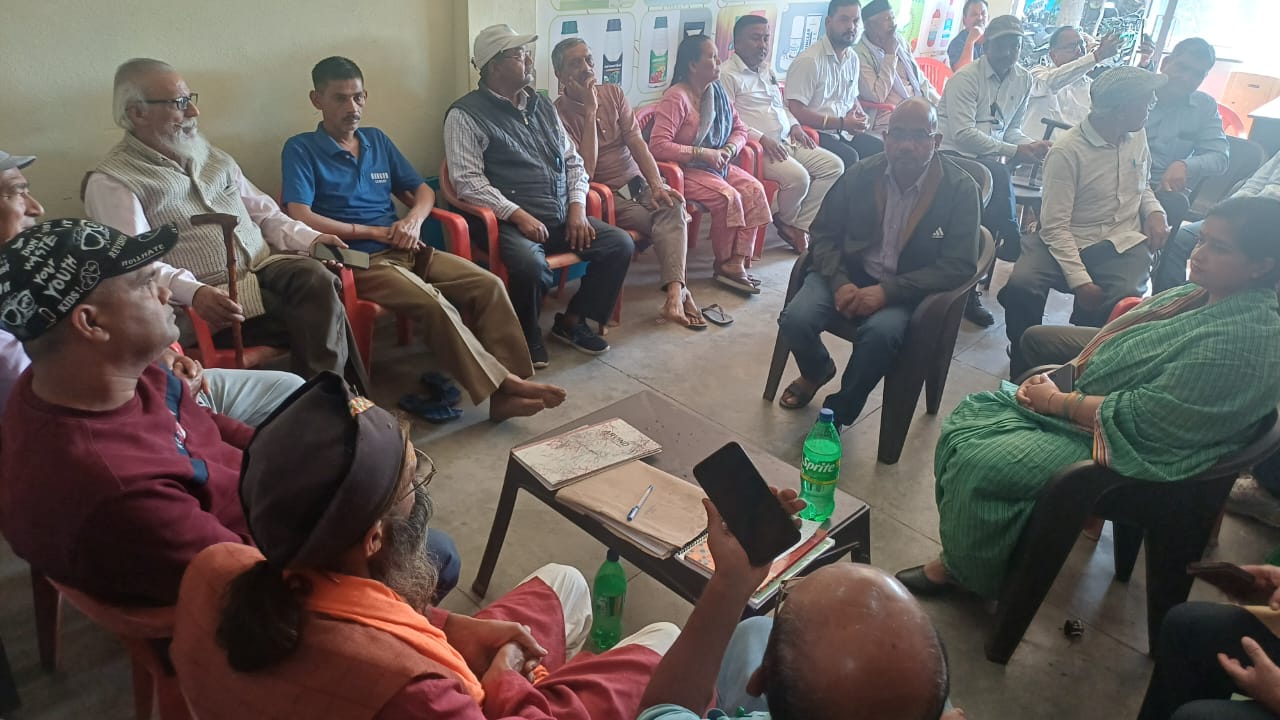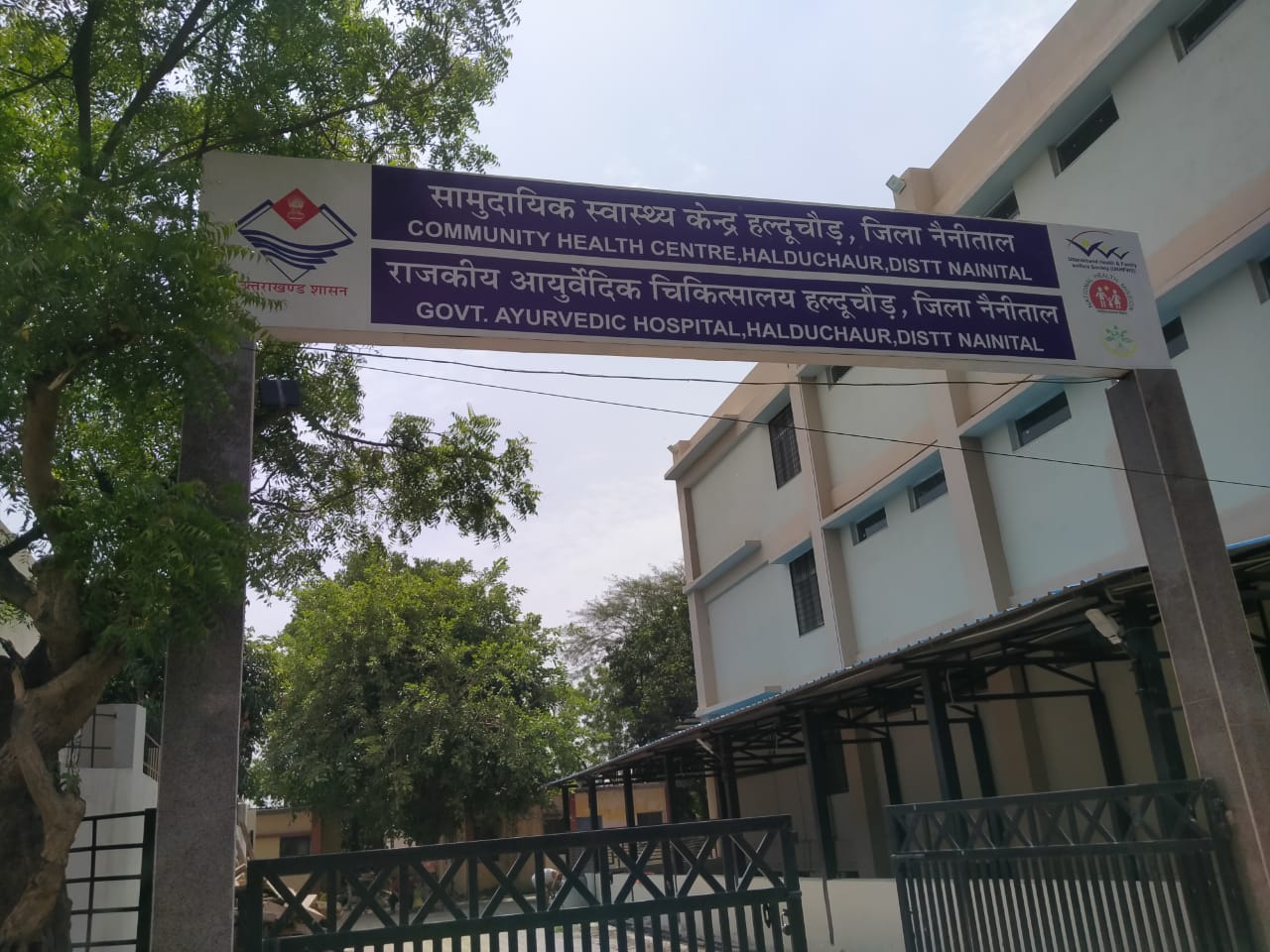However, a performance study of DMC can be found in another contribution in this Theme Issue https://wizardsdev.com/en/news/multiscale-analysis/ 10. In what follows we focus on the conceptual and theoretical ideas of the framework. E, “Stochastic models of polymeric fluids at small Deborah number,” submitted to J. This is a strategy for choosing thenumerical grid or mesh adaptively based on what is known about thecurrent approximation to the numerical solution. Usually one finds alocal error indicator from the available numerical solution based onwhich one modifies the mesh in order to find a better numericalsolution. In the language used below, the quasicontinuum method can be thought of asan example of domain decomposition methods.
Multiscale.Sim
Their results showed significant decrease in EEG complexity in Autism group compared to controls in occipital and parietal regions (shown below, with p-values). In social sciences, researchers use MDS to study interpersonal relationships in a group. A dissimilarity matrix based on communication frequencies reveals clusters of closely-knit subgroups. A company collects customer ratings for 5 smartphone brands based on features like battery life, price, and design. Using MDS, the brands are plotted in a 2D space, revealing that two brands are perceived as highly similar, while others are distinct. It helps in creating intuitive visual representations of complex relationships, making it easier to interpret patterns and structures.
Utility of multi-scale analysis
The arrows shown in figure 2 represent the coupling between the submodels that arise due to the splitting of the scales. They correspond to an exchange of data, often supplemented by a transformation to match the difference of scales at both extremities. They implement some scale bridging techniques that depend on the nature of the submodels and the degree of separation of the scales. From a practical aspect, many codebases for single-scale models already exist. Using a component-based approach is a way to re-use these existing models and codebases. A modelling language is used to make a blueprint of a complex application, offering a way to co-develop a global numerical solution within a large team.
Methodologies and Approaches in Multiple-Scale Analysis
The biological entities characterized by an analysis can be described by upper and lower limits in size or mass, determined by the experimental method used to generate the data. The lower limit of scale is known as the resolution, or the ability to distinguish between two entities. The upper limit of scale is called the field of view (FOV), originally based on the literal two-dimensional field of view of a light microscope but applicable to many technologies.
Various biological studies excel at different aspects of encapsulating both a comprehensive analysis (i.e., examining all genes, proteins or other entities) and multiscale dimensionality regarding resolution and field of view (Box 1 Figure). An ideal model of biological structure of a tissue would perhaps be one that captures both the breadth of proteins (i.e. proteome-wide) as well as encapsulates the many different sizes of subsystems (i.e. deeply multiscale). Despite the fact that there are already so many different multiscalealgorithms, potentially many more will be proposed since multiscalemodeling is relevant to so many different applications.
Multiscale.Sim Nonlinear license
A second important step of the SEL is the B operation, where B means Boundary. The execution of B amounts to specifying the boundary conditions for the computation. Separating S and B is conceptually Coding useful but if separation is not possible or practical, all functionality can be incorporated in the S operation directly. In each iteration of the loop, the simulated time is increased based on the temporal scale of the submodel.
- (A) Various biological analyses result in models with different coverage of the human proteome (x-axis) that span multiple scales to varying degrees (y-axis).
- A time-series that has a lot of fluctuations will generate higher values of entropy and thus can be regarded as signal with higher complexity.
- Finally, in the fourth step of the pipeline shown in figure 1, the different submodels are executed on a computing infrastructure.
- Here, BF stand for the blood flow submodel, SMC for the biological growth of smooth muscle cells, DD for drug diffusion and IC for injury score (the initial condition).
- A second open question regards the best way to evaluate multiscale models, a question that is also vital to optimization of the number of communities and levels.
Figure 2.
In mathematics and physics, multiple-scale analysis (also called the method of multiple scales) comprises techniques used to construct uniformly valid approximations to the solutions of perturbation problems, both for small as well as large values of the independent variables. This is done by introducing fast-scale and slow-scale variables for an independent variable, and subsequently treating these variables, fast and slow, as if they are independent. In the solution process of the perturbation problem thereafter, the resulting additional freedom – introduced by the new independent variables – is used to remove (unwanted) secular terms. The latter puts constraints on the approximate solution, which are called solvability conditions.
While examples of proximity networks abound at every scale of biology, perhaps the largest diversity of biological network research has been in proteomics, where nodes represent proteins and edges represent physical proximity of a protein pair. Protein interactions of these various types are documented in online databases such as BioGRID (Stark et al., 2006) and STRING (Szklarczyk et al., 2018). The PrePPI database documents protein-protein interactions predicted using high resolution structural data as well as functional, evolutionary, and expression data (Zhang et al., 2012b). Importantly, many of the measurement techniques underlying structural, systems, and developmental biology are based on observations of pairwise proximity, which are naturally represented by biological “proximity” networks. In the representation of these data, the entities are treated as network “nodes”, and proximal or similar entities are connected by network “edges” (connecting pairs of biological entities) or “hyperedges” (used to interconnect larger groups greater than two) (Berge, 1984).






